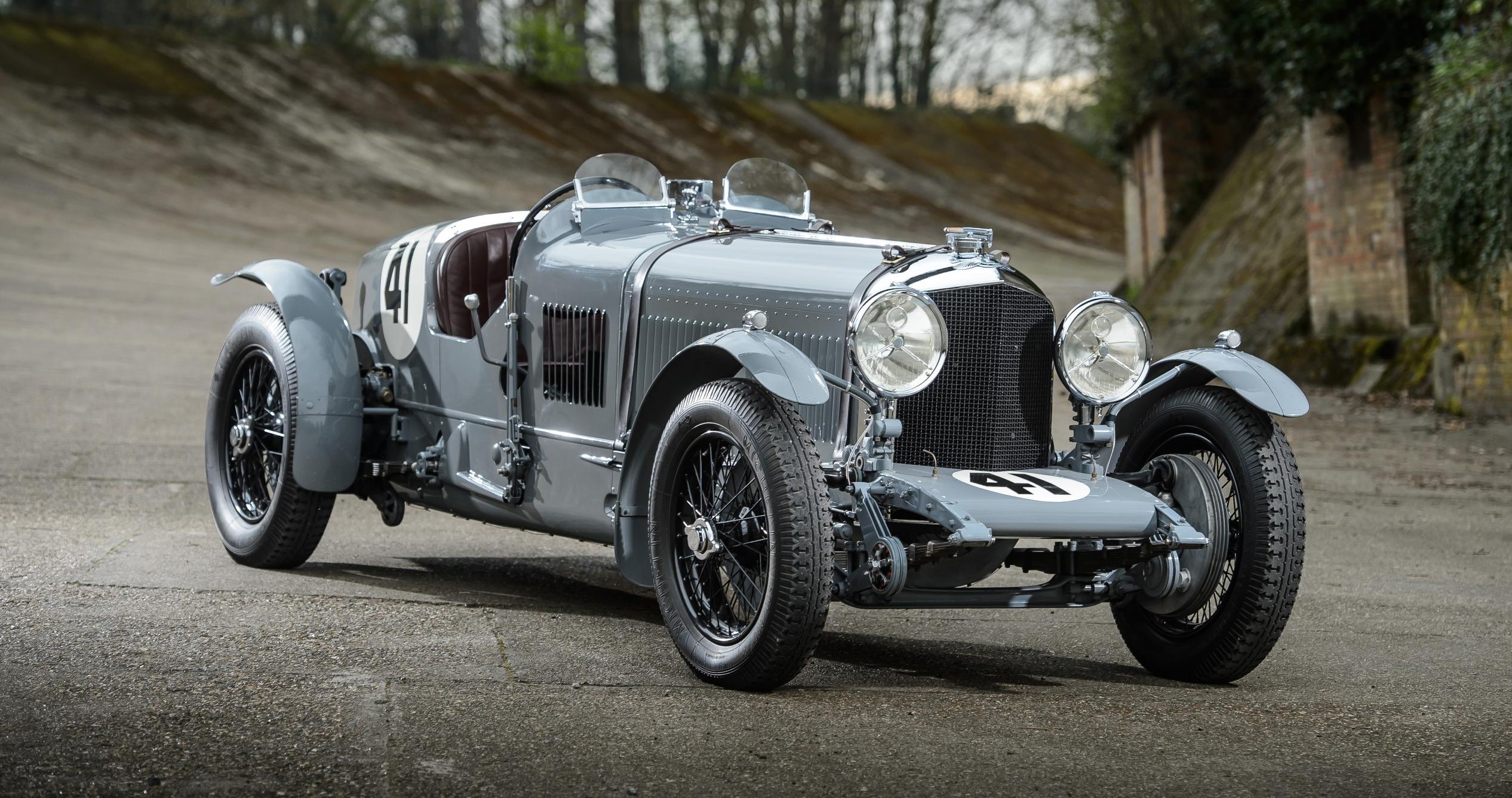
A remarkable double Le Mans winning car, known affectionately as Old No 1. The Speed Six racer won the iconic 24 hours endurance race in successive years (1929 and 1930) and recently thundered up the famous hill at Goodwood in 2014.
Bentley Le Mans Racecars (1924-1930)
In 1924, John Duff and Frank Clement won the 24 Hours of Le Mans with a Bentley 3 Litre, marking the first Bentley victory in the race. The win brought international attention and helped establish the race as a significant European event. Bentley was the first British manufacturer to win Le Mans with five victories between 1924 and 1930. Eight drivers have won the 24 Hours of Le Mans at the wheel of a Bentley: John Duff, Frank Clement, Dudley Benjafield, Sammy Davis, Woolf Barnato, Bernard Rubin, Henry Birkin and Glen Kidston. All were what what is now known as gentlemen-drivers, meaning they were not involved in motorsport as a full-time, professional endeavor. But they were true aventurers nonetheless.


The 1927 24 Hours of Le Mans, the 5th Grand Prix of Endurance, was a motor race which took place at the Circuit de la Sarthe on 18 and 19 June 1927. The winner was a Bentley 3 Litre Speed driven by Dudley Benjafield and Sammy Davis. It was Bentley’s second victory in the endurance classic.
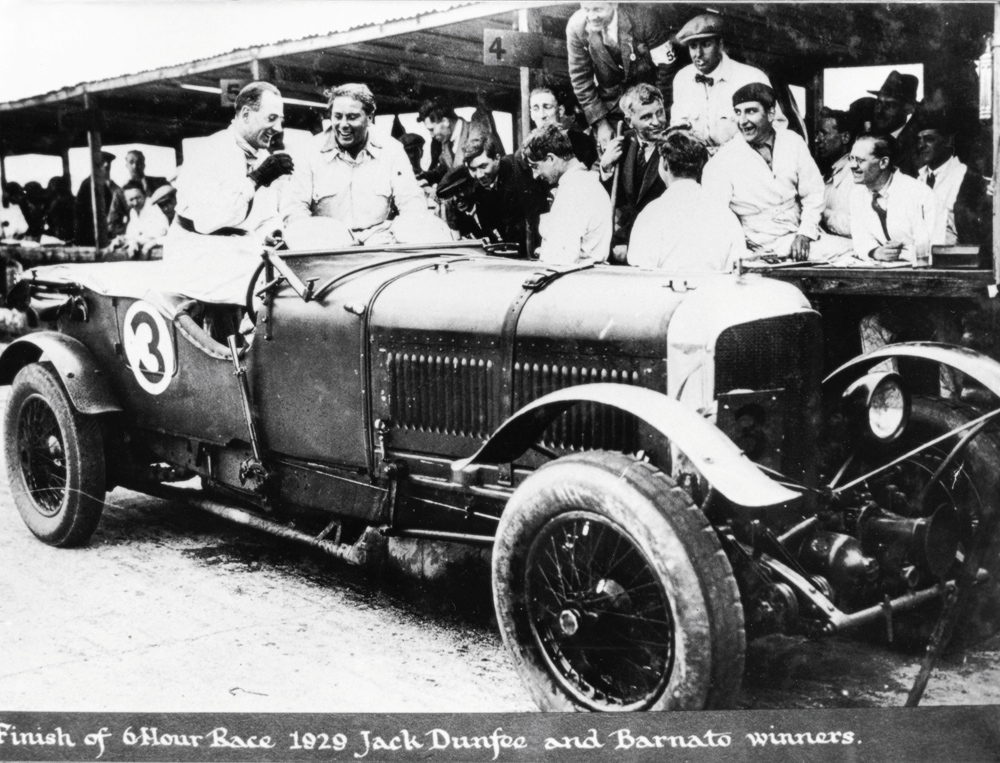

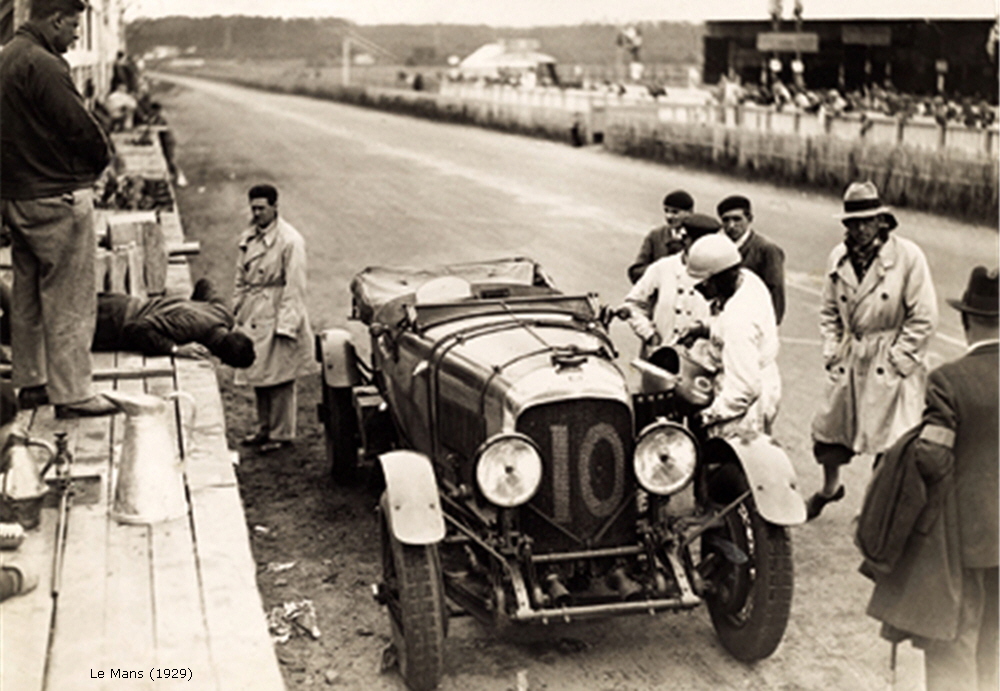
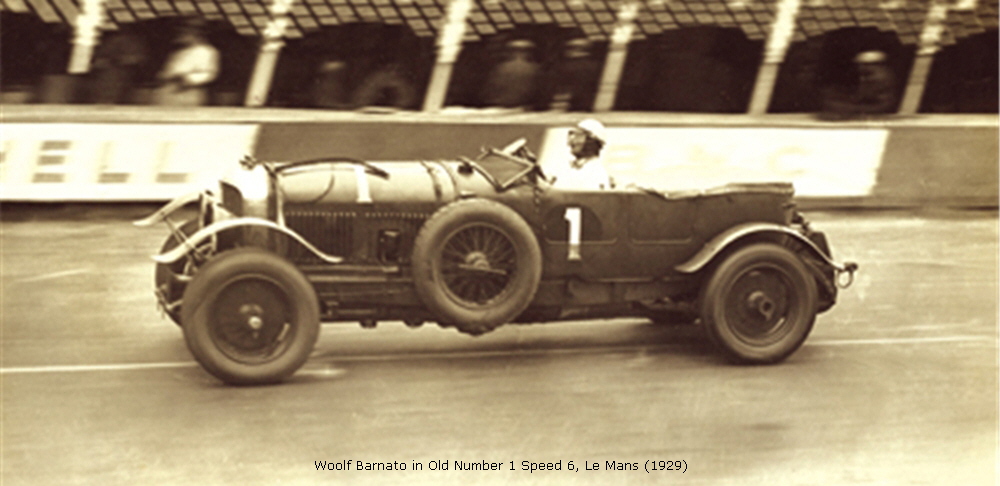
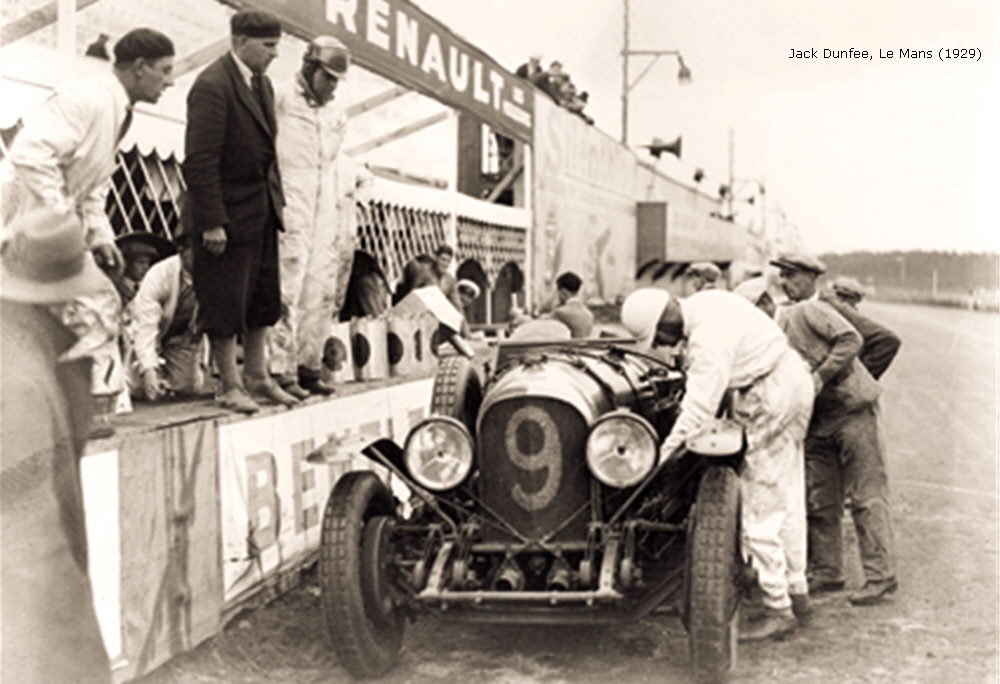



1929 Bentley 4-1/2 litre Birkin Blower
W.O. Bentley was not a fan of the idea of supercharging. When the notion was first suggested to him he said: “It would pervert the design and corrupt its (the 4½ Litre’s) performance.” He was worried about reliability since supercharging or ‘blowing’ the engine doubled the car’s power. Supercharger engineer, Amherst Villiers, had been associated with Raymond Mays’ Vauxhall Villiers Supercharge – a sprint car based on the 1922 TT Vauxhall. The Bentley directors had previously commissioned him to design a Bentley (of which W.O. disapproved).
Bentley Boy Sir Henry ‘Tim’ Birkin persuaded Bentley’s Chairman, Captain Woolf Barnato to let him enter a team at Le Mans in 1930, obliging the company to make 50 for sale. Work was done at Birkin’s workshops at Welwyn Garden City which belonging to racehorse owner, Dorothy Paget. By 1929 sales of the regular 4½ Litre were declining, so there was some logic in extending the life of the 4-cylinder by adding a Roots-type supercharger driven off the crankshaft between the front dumb-irons.
It meant major engine modifications including a heavier crankcase and cylinder block, stronger connecting rods, special pistons and in the racing versions a counterbalanced crankshaft. But as WO said ruefully, “… the supercharged 4½ never won a race, suffered a never-ending series of mechanical failures and brought the marque Bentley into disrepute”.
While the supercharged Blower didn’t ever win at Le Mans, with Tim Birkin at the wheel its heroic performance embodies the true spirit of the vintage racing era. In the 1930 race, Birkin and his Blower diced for the lead with Mercedes ace, Rudi Carracciola, passing him flat out down the Hunaudières straight with his nearside wheels on the grass. But neither Birkin’s Blower nor the Mercedes could maintain the pace, and the race was won by Barnato and Kidston in their Bentley Speed Six.
Supercharged Bentleys were turned into spectacular single seaters and astonishingly Birkin came second in the 1930 French Grand Prix with one. At over two tonnes, even when stripped of headlights and mudguards, Birkin’s car was probably the heaviest ever to compete in a grand prix.
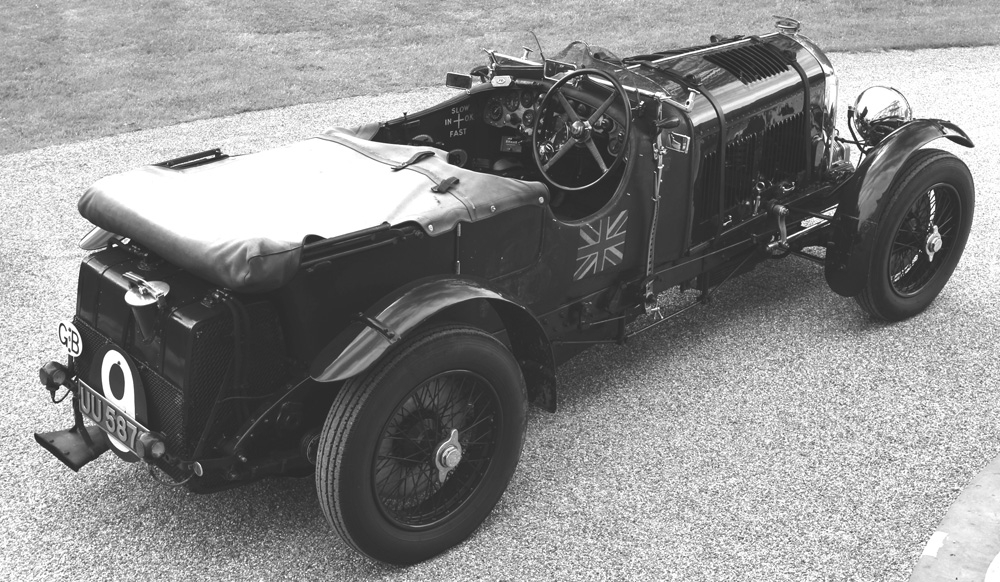
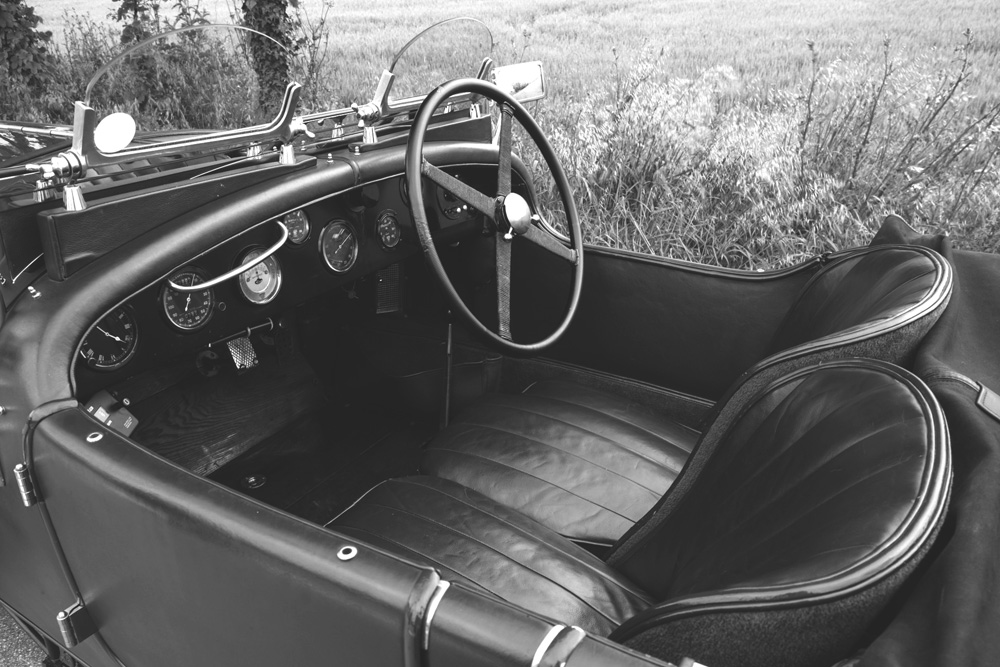
1930 Bentley Le Mans 4 ½ litre Supercharged “Blowers” race car.
The car is perhaps best known for its epic duel with a 7 litre ‘Kompressor’ Mercedes (also supercharged) at Le Mans in 1930 with Birkin putting his off-side wheels on the grass as he completed a typically daring pass of his Mercedes opponent Rudolf Caracciola at 120mph. The Blower immediately threw one of its rear tyre treads, but somehow Birkin carried on to set the fastest lap.
Sadly Birkin’s campaign ended after 82 laps but the immense pressure he applied to the Mercedes is widely credited with assisting his fellow Bentley Boys Woolf Barnato and Glenn Kidston to win the race in their Bentley Speed Six.
The second Bentley Blower to take-on Mille Miglia was completed in 1930 and is fitted with a beautiful Vanden Plas Open, Sports Four Seater body. It was owned by Bentley Motors as a customer demonstrator car before passing into private ownership.
From the company’s start in 1919, Bentley was remarkably successful in both racing and setting new speed records. Founder W.O. Bentley was a determined supporter of motor racing as a means of establishing the Bentley marque and the company’s racing success was achieved through its engineering competence and the skills of a group of drivers known as the ‘Bentley Boys’.
After being the sole British entry and placing fourth in the inaugural 1923 race, Bentley won the Le Mans 24 Hours endurance race in 1924. From 1927 to 1930 Bentley dominated the event and took victory on four consecutive occasions. Bentley was the only non-French make in the first two events, in 1923 and 1924 – the year of its first victory.



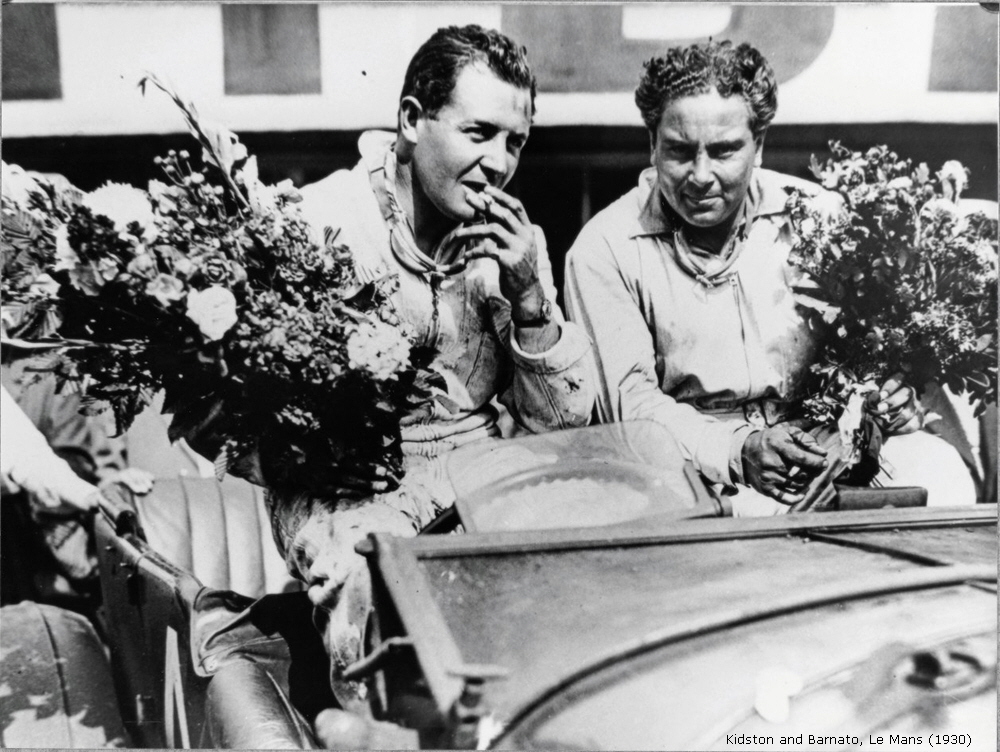
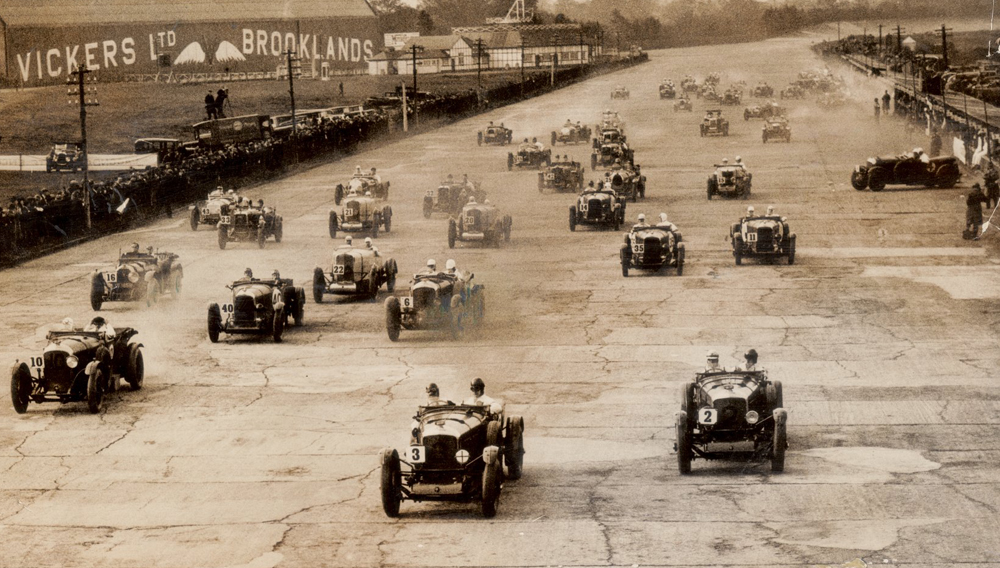
- John Duff
The original Bentley Boy, John Duff gave Bentley its first win at Le Mans 24 Hours in 1924. After a fourth place finish in 1923, Duff returned to Le Mans the following year with Bentley co-driver Jack Clement. The pair raced to a first place finish, defeating many of the leading sports cars of the day. - Dudley Benjafield
Competing for the sheer pleasure of driving and the thrill of the race, “Benjy”, drove at numerous events and took 1st place at Le Mans in 1927. - Woolf Barnato
Considered “the best driver we ever had” by W.O. Bentley, Barnato remains the only driver to have won on each occasion of entering the race recording wins at Le Mans in 1928, 1929 and 1930. - Tim Birkin
A formidable personality, Birkin, an ex-fighter pilot was renowned for his willingness to be utterly ruthless with his car to achieve a winning result. - Glen Kidston
Kidston claimed 1st place at Le Mans in 1930 and is known for being an adventurer; rough, tough, sharp and fearless. - Guy Smith
A central figure for Team Bentley’s attack on both the Sebring 12-Hours and the Le Mans 24 Hours, Guy Smith secured his place in racing legend at the 2003 Le Mans 24 Hours. Smith was selected to pilot the Bentley Speed 8 across the finish line to mark an emotional sixth win for Bentley.

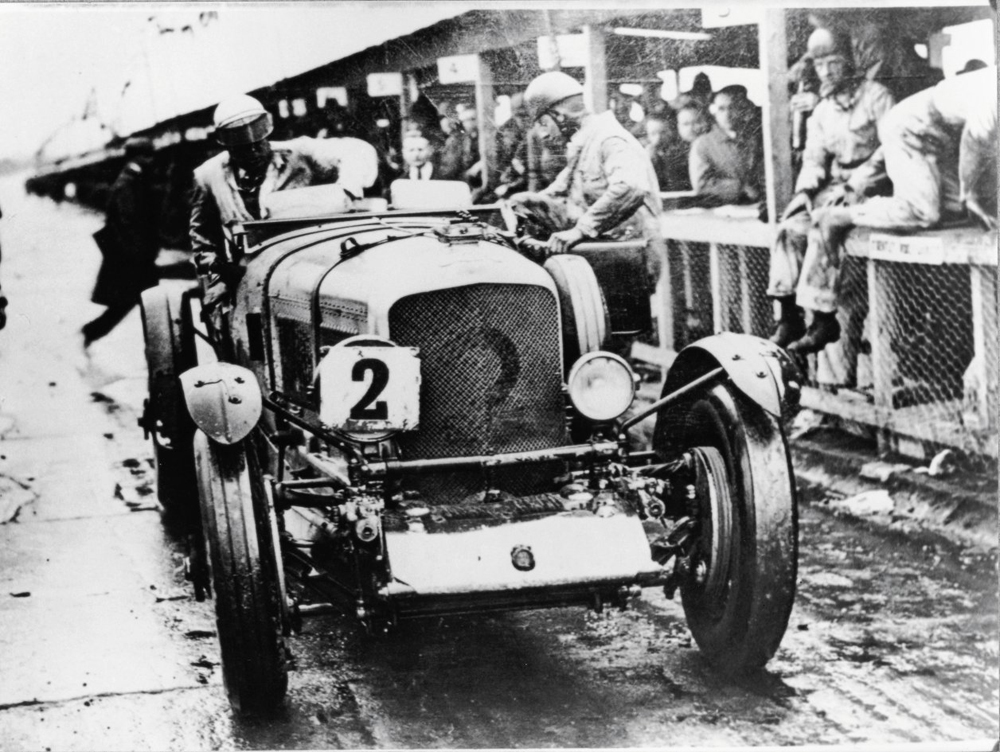
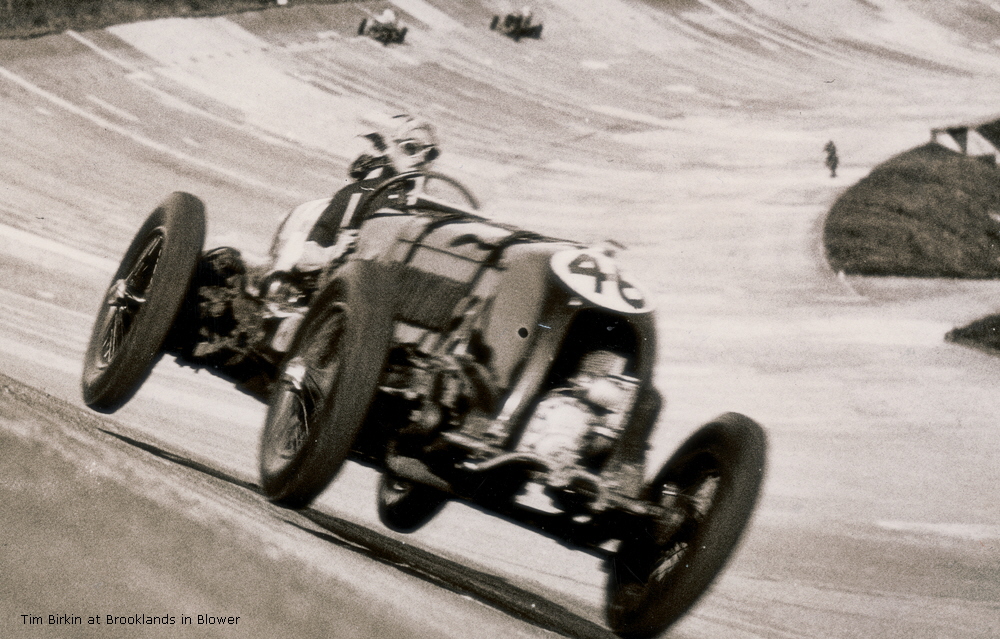
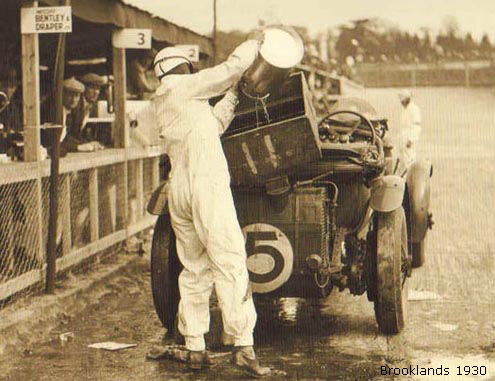 Specifications and Features
Specifications and Features
- Dates Produced; 1929-1931
- Number Built; 55
- Price New; £1,475-£1,520
- Body; Saloon or tourer; chassis weight 3,190 lbs (1,447 kg)
- Engine; 4.5 Litre, 4 cyl, 4 valves, hollow overhead camshaft gear-driven from front
- Power; 175 bhp (130.5 kW) @ 3,500 rpm
- Transmission; 4-speed; D-type gearbox
- Chassis; 40 tonne pressed steel frame, front cross member and tie bar, strut and rod braced. Suspension: half elliptic leaf spring suspension. Brakes: Bentley-Perrot mechanical brakes, 15.75 in (40 cm) drums
- Dimensions;Wheelbase: 130 in (330.2 cm); track 56 in (142.2 cm); length 184.5 in (488.6 cm)
- Performance;Top speed 97.8 mph (157.4 kph)
- Fuel consumption; 11mpg (25.7L/100 km)




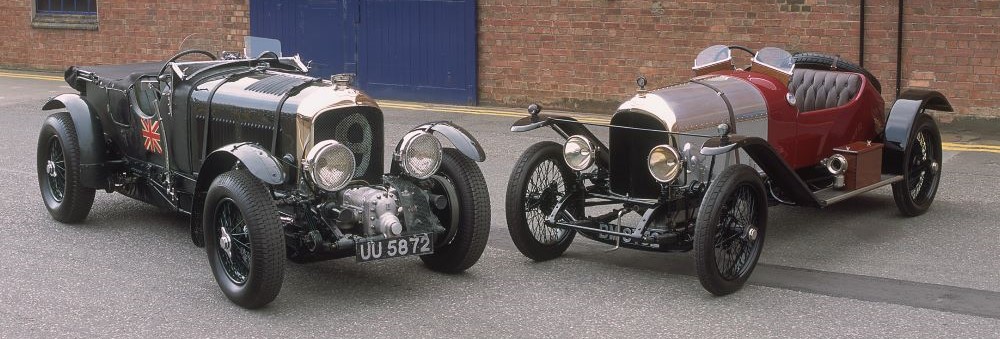
1929 4½ LITRE SUPERCHARGED TEAM CAR #2 – UU 5872
No pre-war Bentley had an impact like the 4½ Litre ‘Blower’ Bentley. Its thunderous performance thrilled thousands – including author Ian Fleming, who later gave fictional hero James Bond a supercharged 4½ Litre Bentley. UU 5872 was driven by Bentley Boy Henry (Tim) Birkin at Le Mans in 1930.
The Blower
As racing speeds increased in the late 1920s, W.O. Bentley’s answer was to increase engine capacity. But Birkin was impressed by engineer Amherst Villiers and the success he’d enjoyed with supercharging. He persuaded Bentley Chairman Woolf Barnato to approve the production of 54 supercharged 4½ Litre Bentleys, with four allocated for competition.
Competition Debut of Team Car #2
UU 5872 is the second of the four team cars developed at Birkin & Co’s workshops at Welwyn Garden City with sponsorship from heiress the Hon. Dorothy Paget. It made its debut at the 1930 Irish Grand Prix with Bernard Rubin at the wheel, finishing eighth.
Rubin also drove UU 5872 at the Ulster TT in August 1929, where he rolled the car. Following Rubin’s crash, UU 5872 was rebuilt with a new, 9’9” chassis and Vanden Plas bodywork for the Brooklands Double Twelve in May 1930. Tim Birkin and Jean Chassagne shared the driving until a cracked chassis frame forced their retirement.
The 1930 Le Mans Duel
For the 1930 Le Mans, Mercedes entered the formidable 7-litre supercharged SSK, driven by Rudi Caracciola and Christian Werner. Facing them was Bentley Motors works team of three Speed Sixes. Birkin’s team entered three Blowers, led by Birkin in Team Car No.2.
The pace was frenetic. Famously, Birkin passed Caracciola’s Mercedes SSK down the Hunaudières straight with two wheels on the grass – and a bald rear tyre. Somehow, Birkin stayed in front for an entire lap before pulling into the pits.
Neither the Mercedes nor Birkin made it to the finish. Caracciola’s Mercedes retired first, with water pouring from the engine, while the No.2 Team Car dropped a valve with four hours to go. Barnato and Kidston took the chequered flag in the works Bentley Speed Six.
Brooklands Swansong
UU 5872’s swansong was the Brooklands 500 handicap race in October 1930, when Dr ‘Benjy’ Benjafield and Eddie Hall drove it to second place on handicap at an average speed of 112.12 mph. By May 1931 UU 5872 and the other remaining Birkin team Blowers were advertised for sale in Motor Sport, each guaranteed to attain 125mph in racing trim.
UU 5872 Today
The No.2 Team Car was sympathetically restored in the 1960s, preserving its original patina. Owned by Bentley Motors since 2000, it has competed in the modern Mille Miglia, has driven from Crewe to Le Mans on many occasions and has appeared at the Goodwood Festival of Speed and the Pebble Beach Concours d’Elegance.
In 2019 Bentley Motors announced it would be creating a continuation series of 12 Bentley Blowers, using laser-scanned 3D CAD data taken from the No. 2 Team Car.
Specifications and Features
| Produced | 1929 |
| Number Built | Four team cars (one with two chassis numbers) |
| Body | Originally Harrison’s four-door ‘British Flexible’. Rebodied May 1930 (new 9’9” chassis) Vanden Plas open tourer |
| Engine | 4-cylinders; 100 mm x 140 mm, 4398 cc. four valves; hollow overhead camshaft; cast-iron non-detachable cylinder head, cast iron cylinders; aluminium/Elektron crankcase, cam chest and sump. Amherst Villiers Mk IV roots-type supercharger |
| Power | 240 bhp (178 kW) @ 4200 rpm |
| Transmission | Rear wheel drive, single dry plate clutch. 4-speed D type gearbox |
| Chassis | 40-ton pressed steel frame, half elliptic leaf spring suspension; Bentley & Draper dampers; Bentley-Perrot mechanical brakes, 15.75 in (40 cm) drums; worm and sector steering |
| Dimensions | Wheelbase 117.5 in (298.45 cm) |
| Performance | 125 mph. 0-60 mph 12 sec |


You must be logged in to post a comment.